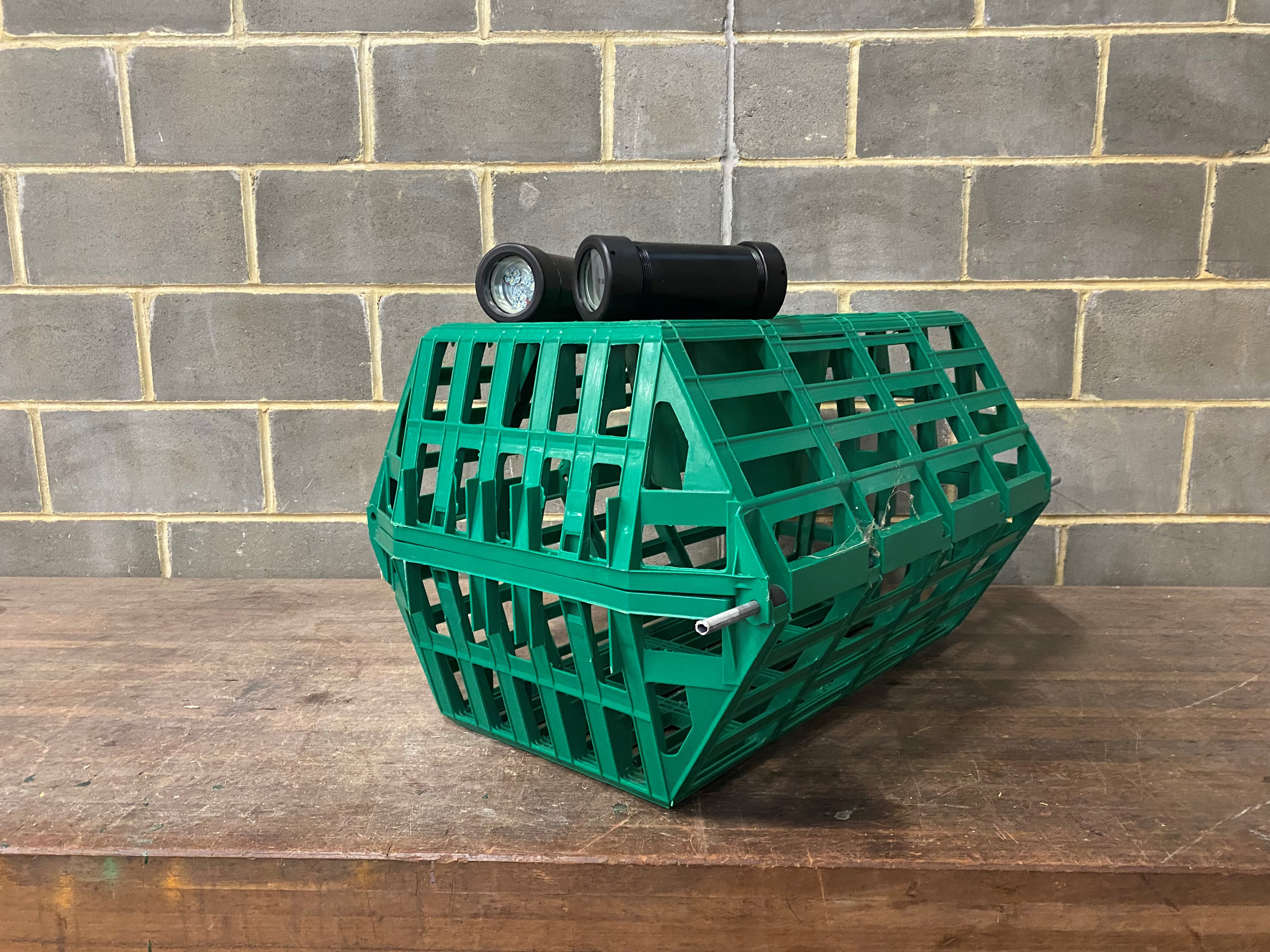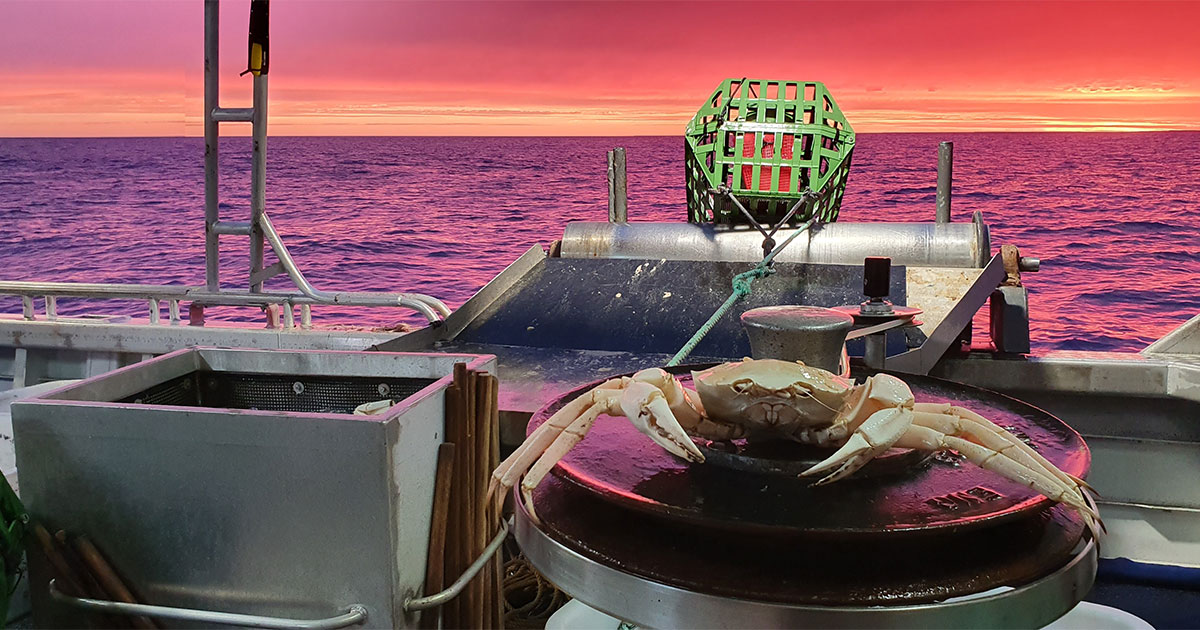“It was amazing when I first saw the deep-water habitat from some footage the crystal crab fishers had taken. It was like a moonscape, until a crab moved into view out of the gloom. Pretty awesome and we need to know more about it.”
That was Western Australian scientist Doctor Jason How’s reaction to his new challenge of helping the West Coast Deep Sea Crustacean Managed Fishery maintain its status as sustainable into the future.
The species it targets is Chaceon albus and this slow growing crustacean lives in cold waters of around 5 to 8 degrees Celsius at depths of between 500 to 1,000 meter. Fishing for the crystal crab occurs 200 kilometers offshore in the Eastern Indian Ocean, where little is known about its habitat.
When it was re-certified as sustainable by the international Marine Stewardship Council (MSC) last year, the fishery was given a condition to better understand its footprint on the surrounding deep-sea environment.
Dr How and fellow researchers at Western Australia’s Department of Primary Industries and Regional Development (DPIRD) have been awarded a grant through the MSC’s Ocean Stewardship Fund (OSF) to develop an automated camera and light system to record images of these deep, dark fishing grounds over time and build a better picture.

Prototype deep-sea cameras with crab pot. (Image credit: Western Australia's Department of Primary Industries and Regional Development)
Their proposal to develop a low-cost automated monitoring system for deep water habitats was one of 22 projects world-wide that have been awarded OSF grants this year to improve the sustainability of fisheries globally and promote cross-sector collaboration between scientists and fishers to minimize impacts in aquatic environments.
“The grant is worth around $83,500 Australian dollars and will help us refine a camera that can withstand the pressure at depth and rigors of being on a deep-sea fishing vessel and be autonomously deployed and retrieved to reduce the burden for fishers,” Dr How said.
“It also needs to synchronize with a lighting system to capture a clear view of the habitat we must monitor and be cheap enough so that many cameras can be deployed simultaneously.”
The aim is for DPIRD’s Aquatic Research and Assessment team to analyze what the videos capture. Habitats will be classified to assess and report on changes and help the fishery achieve best practice.
“In the past, access to deep water habitats as part of scientific research trips has been very expensive,” Jason added.
“We have been extremely fortunate here in Western Australia to have the support of the commercial fishing industry. Collaborating with them on this project allows us to cover a very broad swathe of this deep-water environment.
“However, this does require perfecting a camera system that can been used by fishers without impeding on their normal fishing operations.”
For the WA researchers, their work going forward will also include finding the best way to attach their cameras to the pots that the commercial fishers use to catch the crystal crabs and finding the best angles for them to ensure the surrounding habitat is the key focus.
Ocean sustainability is at the core of the work to manage fisheries in Western Australia, especially as climate change is likely to be one of the biggest challenges in maintaining ocean resources.
Developing a deep-water capable camera system that can be easily incorporated into normal fishing operations will expand the scientific knowledge of deep-water habitats around the world.
“What we already know from the industry footage we have seen is that the water moves a lot down deep. I had naively thought it would be a still, static environment,” Jason How reflected.
“It was a real eye opener to see how much the water was moving with the fish having to swim into it and to also to see bits of detritus floating by.”
The housing system being developed for the cameras will have to withstand significant water pressure for the depths they need to go.
This new monitoring system will include lights so the ocean floor can be illuminated, and light intensity will need to be tested to find out if the system is capable of long-term deployment, without using excessive battery power.
“Light pollution itself will also need to be minimized in these deep-water ecosystems, so we are planning on using a red light which only operates when the camera is on,” Dr How said.
“The bank of knowledge we can build from shining a light on these deep, dark habitats and how they may change over time will help us all learn more and ensure this crystal crab fishery has minimal impact on the underwater environment that supports it.”
This feature appeared in Environment, Coastal & Offshore (ECO) Magazine's 2022 Summer edition, to read more access the magazine here.





